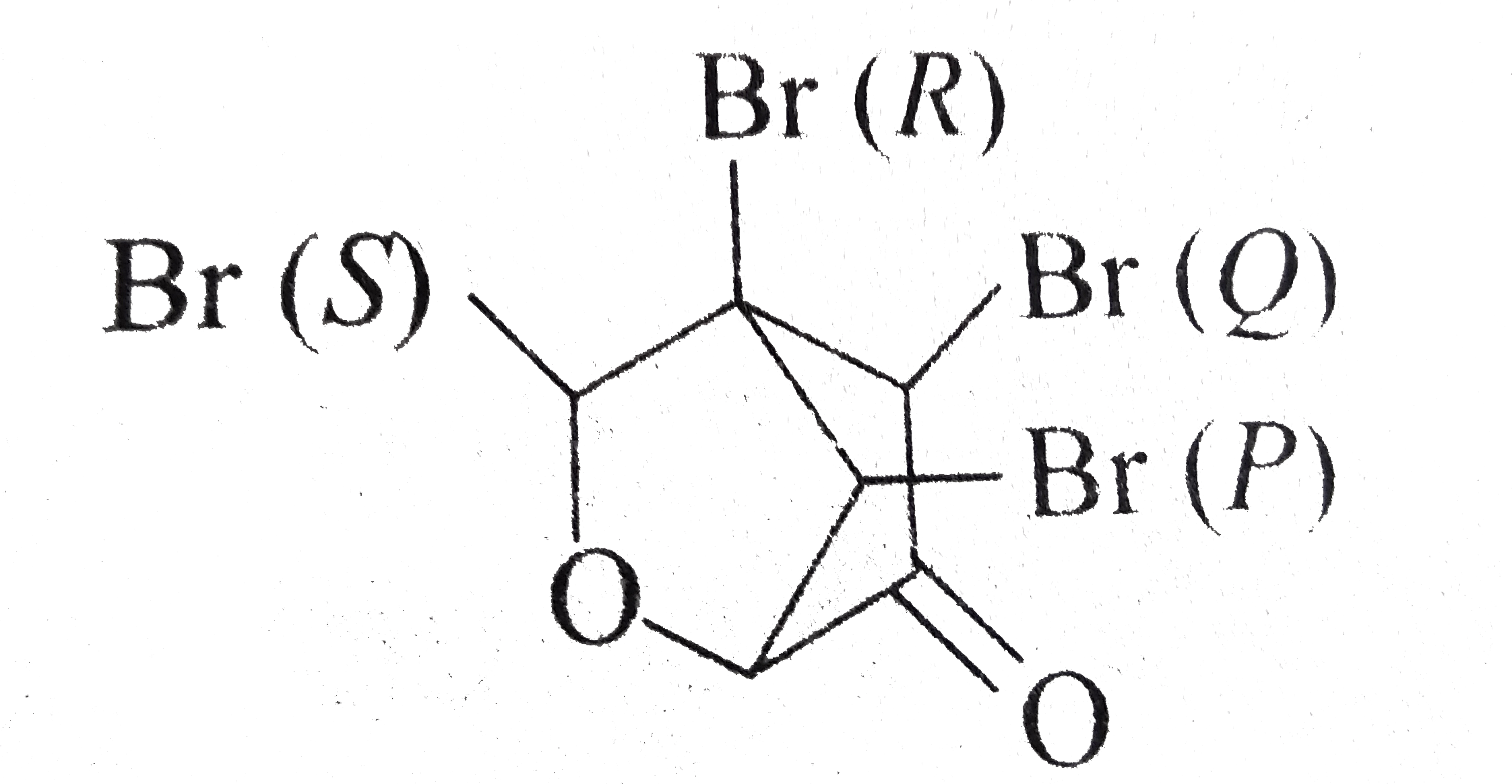Reactivity of alkenes towards HX decreases in the order
Butene > Propene > Ethene
Butene > Ethene > Propene
Ethene > Propene > Butene
None of these
The correct Answer is:A
To determine the reactivity of alkenes towards HX, we need to analyze the stability of the carbocation intermediates formed during the reaction. The order of reactivity is influenced by the stability of these intermediates.
1. Identify the Alkenes: We have three alkenes to compare: butene, propene, and ethene.
2. Draw the Structures:
- Butene: C=C with two CH3 groups on one side (but-1-ene or but-2-ene).
- Propene: C=C with one CH3 and one H on each side.
- Ethene: C=C with two H atoms on each carbon.
3. Add HX to Each Alkene: When HX is added to an alkene, it results in the formation of a carbocation intermediate.
- Butene: The addition of HX leads to a secondary carbocation (more stable).
- Propene: The addition of HX leads to a secondary carbocation (also stable).
- Ethene: The addition of HX leads to a primary carbocation (least stable).
4. Stability of Carbocations: The stability of carbocations increases with the number of alkyl groups attached to the positively charged carbon.
- Butene: Forms a secondary carbocation (more stable).
- Propene: Also forms a secondary carbocation (stable but less than butene).
- Ethene: Forms a primary carbocation (least stable).
5. Order of Reactivity: Since the stability of the carbocations formed determines the reactivity of the alkenes towards HX, we can conclude:
- Butene (most stable carbocation) > Propene (stable carbocation) > Ethene (least stable carbocation).
6. Final Answer: Therefore, the reactivity of alkenes towards HX decreases in the order:
- Butene > Propene > Ethene.
- Butene: C=C with two CH3 groups on one side (but-1-ene or but-2-ene).
- Propene: C=C with one CH3 and one H on each side.
- Ethene: C=C with two H atoms on each carbon.
- Butene: The addition of HX leads to a secondary carbocation (more stable).
- Propene: The addition of HX leads to a secondary carbocation (also stable).
- Ethene: The addition of HX leads to a primary carbocation (least stable).
- Butene: Forms a secondary carbocation (more stable).
- Propene: Also forms a secondary carbocation (stable but less than butene).
- Ethene: Forms a primary carbocation (least stable).
- Butene (most stable carbocation) > Propene (stable carbocation) > Ethene (least stable carbocation).
- Butene > Propene > Ethene.
Topper's Solved these Questions
- HYDROCARBONSBOOK - A2ZCHAPTER - HYDROCARBONSEXERCISE - Methods Of Preparation Of Alkanes
31 Videos
- HYDROCARBONSBOOK - A2ZCHAPTER - HYDROCARBONSEXERCISE - Method of Preparation of Alkynes
59 Videos
- HYDROCARBONSBOOK - A2ZCHAPTER - HYDROCARBONSEXERCISE - Section D - Chapter End Test
30 Videos
- ENVIRONMENTAL CHEMISTRYBOOK - A2ZCHAPTER - ENVIRONMENTAL CHEMISTRYEXERCISE - Section D - Chapter End Test
30 Videos
- HYDROGENBOOK - A2ZCHAPTER - HYDROGENEXERCISE - Section D - Chapter End Test
30 Videos
Similar Questions
Knowledge Check
The correct order of reactivity of alkene towards an electrophile is mentioned in :
ACH2=CH−Cl>CH2=CH−OCH3BCH2=CHCl<CH2=CCl2CCH2=CH2>CH3−CH=CH2DCH2=CH−OCH3>CH2=CH−CH2−OHIn the elimination of reactions, that is, in the formation of alkenes, the reactivity of halogens in alkyl halides in the the order-
AI>Br>ClBCl>Br>ICBr>Cl>IDNoneReactivity order of alcohols towards Na will be-
A3∘<2∘<1∘>MeOHBMeOH>1∘>2∘>3∘C2∘>1∘>3∘>MEOHD1∘=2∘=3∘=MeOH
In the following compound, arrange the reactivity of different bromine atoms towards NaSH in decreasing order :

View SolutionThe order of reactivity of alkyl halides towards elimination reaction is
View SolutionThe order of reactivity of alkyl halides towards halogenation
View SolutionThe correct order of decreasing reactivity of the given compound towards hydrolysis under identical condition is:
View SolutionDecreasing order of reactivity of hydrogen halides towards cleavage of C-O bond in ether is
View Solution

